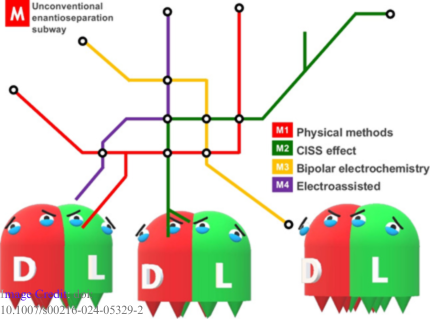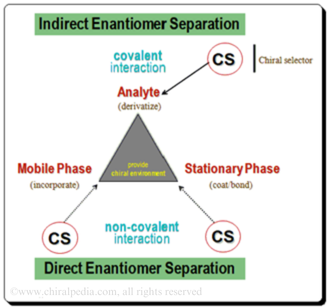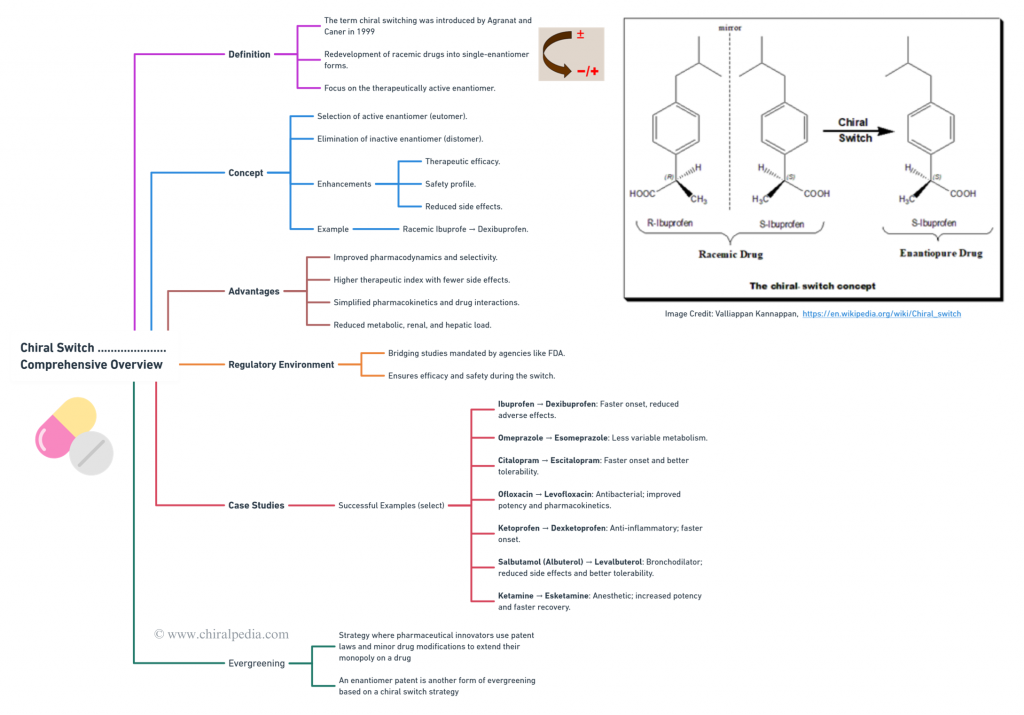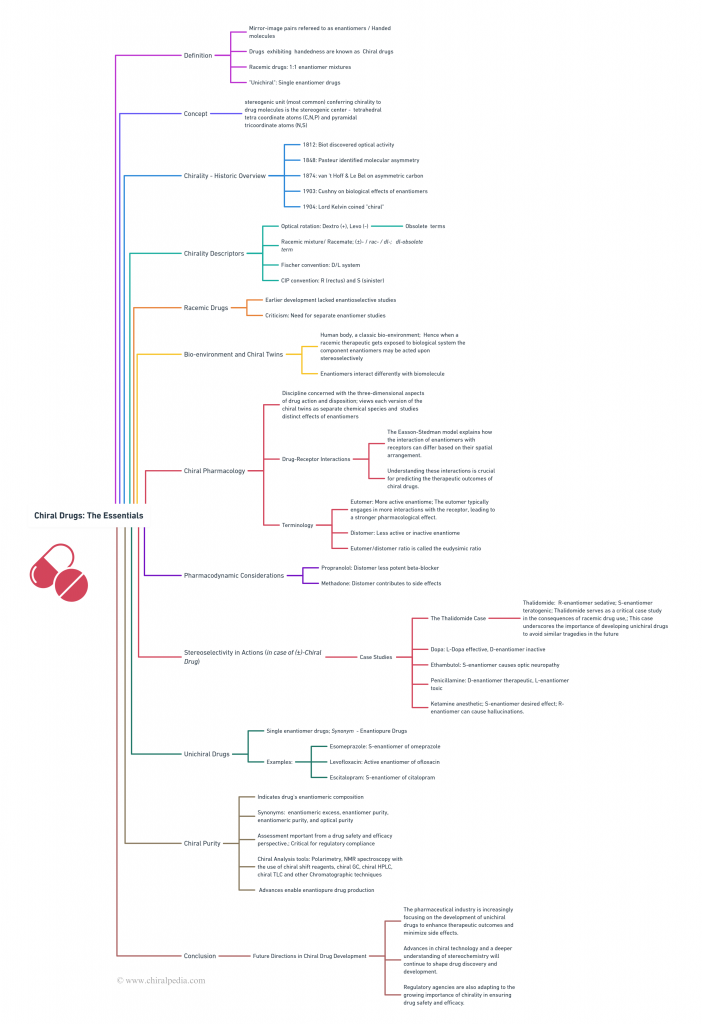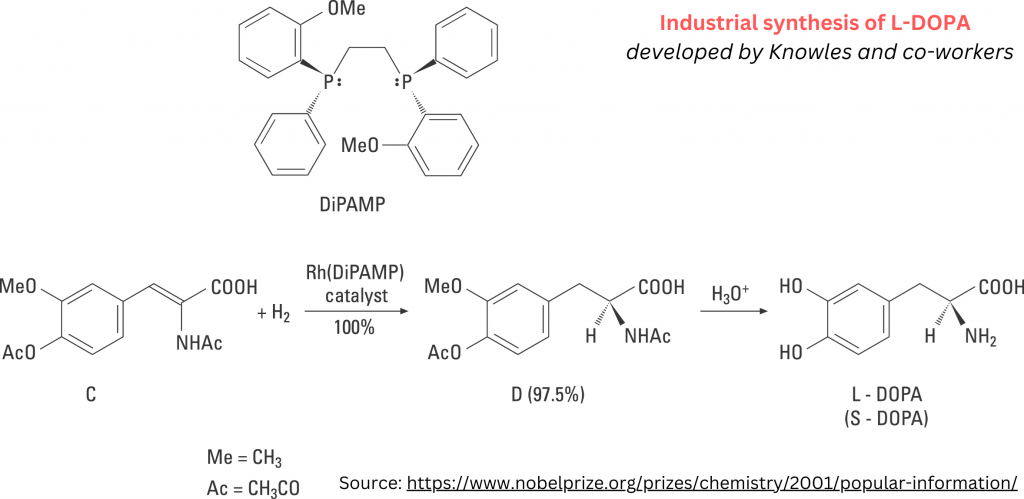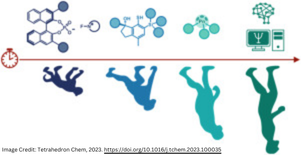Unconventional Approaches in Chiral Resolution: New Horizons
Lead Chiral resolution has been an essential process in various industries, particularly pharmaceuticals, where separating enantiomers is critical for drug efficacy and safety. Traditional techniques such as chromatography, crystallization, and kinetic resolution have served as the backbone of chiral separation. However, these methods can be time-consuming, costly, and inefficient, especially at large scales. As industries evolve and demand for enantiopure compounds increases, there is a growing need for innovative and efficient methods of chiral resolution. …
Unconventional Approaches in Chiral Resolution: New Horizons Read More »
